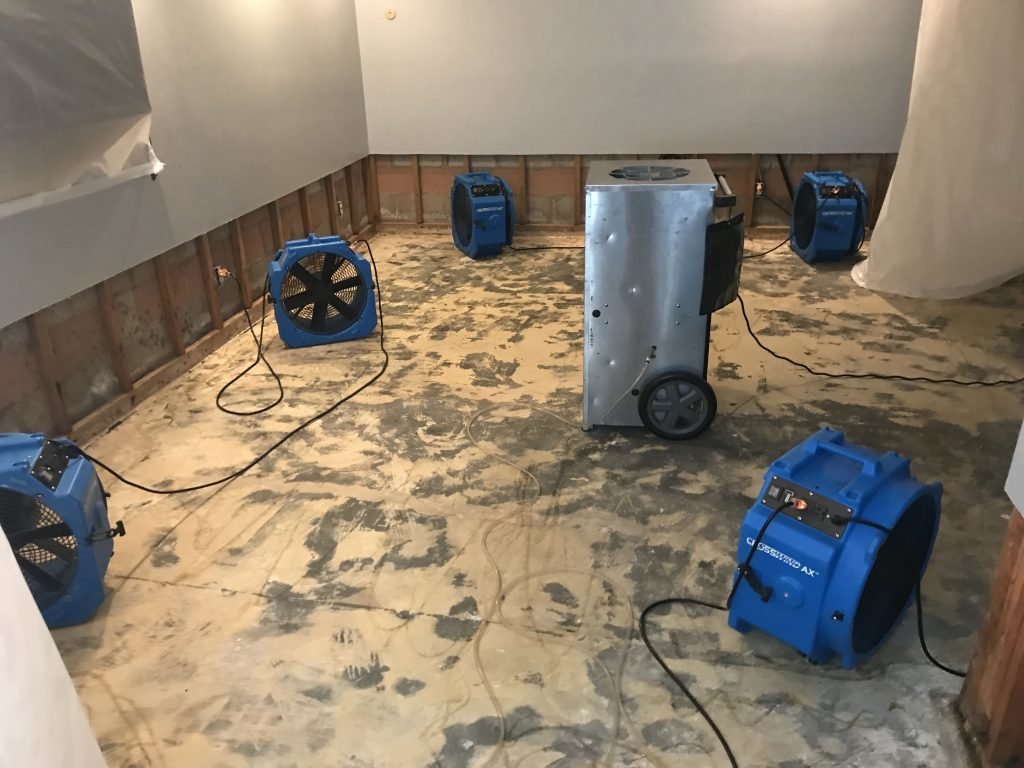Water damage restoration is crucial to prevent further damage and restore your property. With the right steps, you can minimize damage and recover from a water disaster. This guide will help you navigate the water damage recovery process.
Act Fast: The Golden Hour for Water Damage Restoration
Time is crucial in water damage restoration. The first few hours are vital in preventing further damage. Here’s what to do:
- Safety First: Prioritize safety. Turn off the main power if electrical systems are compromised. Avoid walking on wet carpets or floors to prevent slips and falls.
- Document the Damage: Take pictures for insurance claims.
- Remove Standing Water: Use buckets, mops, or wet-dry vacuums to remove water.
- Prevent Mold Growth: Open windows, use fans, and dehumidifiers to dry the area. Mold can grow within 24-48 hours.
Professional Water Damage Restoration Services
For extensive water damage, professional help is essential. Water damage restoration experts have the tools and knowledge to restore your home. They can:
- Assess Damage: Determine the extent of the damage and create a restoration plan.
- Water Extraction: Remove excess water using industrial-grade equipment.
- Drying and Dehumidification: Prevent mold with specialized equipment.
- Cleaning and Sanitizing: Restore the affected areas to pre-loss condition.
- Structural Repairs: Address damage to walls, floors, or ceilings.
Understanding the Different Types of Water Damage
Not all water damage is the same. Understanding the type of water that caused the damage can help determine the extent of the problem and the necessary cleanup procedures.
- Category 1 Water: Clean water, such as from a broken pipe or overflowing sink.
- Category 2 Water: Grey water, contaminated with detergents or other chemicals.
- Category 3 Water: Black water, severely contaminated with sewage or bacteria.
The classification of the water will determine the level of disinfection and sanitation required during the restoration process.
The Importance of Mold Prevention
Mold can rapidly grow in damp conditions, leading to health problems and property damage. To prevent mold growth:
- Dry the Area Quickly: Use dehumidifiers and fans to remove moisture.
- Seal Off Affected Areas: Contain the damaged area to prevent mold spores from spreading.
- Professional Mold Remediation: For extensive mold growth, hire a professional mold remediation company.
Navigating Insurance Claims
Dealing with insurance claims after water damage can be overwhelming. Here are some tips:
- Document the Damage: Take detailed photos and videos of the damage.
- Contact Your Insurance Provider: Report the claim promptly and follow their guidelines.
- Work with a Restoration Company: Many restoration companies can help with insurance claims.
Choosing the Right Water Damage Restoration Company
Selecting the right company is crucial for a successful restoration. Consider the following:
- Experience: Look for a company with experience in water damage restoration.
- Certifications: Choose a company with industry-recognized certifications.
- Customer Reviews: Read reviews to assess customer satisfaction.
- 24/7 Availability: Emergency water damage requires immediate attention.
By following these steps and working with a professional water damage company, you can effectively recover from water damage and restore your home.
Don’t forget to connect with us on our social media channels.
Facebook: www.facebook.com/Instaterestoration
Instagram: www.instagram.com/instaterestoration/


